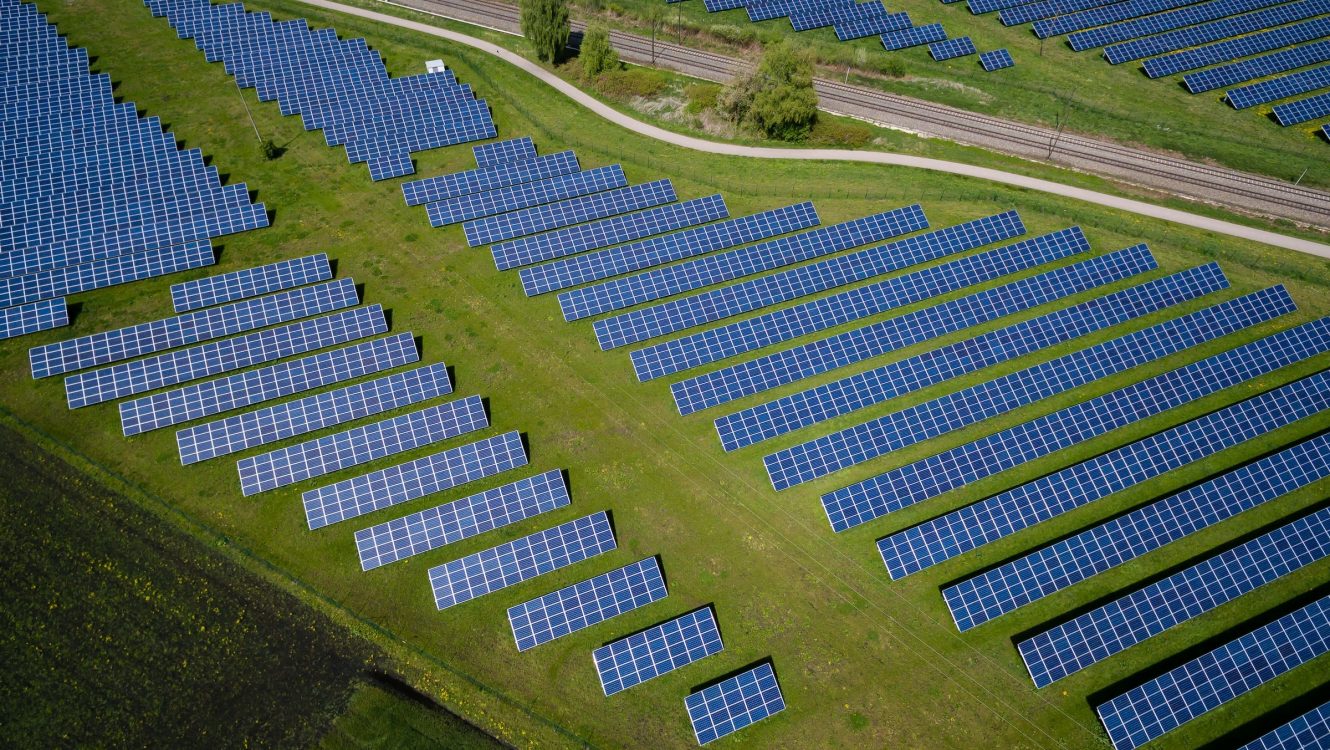Paris 2024 Olympics: Paving the Way for Sustainable Seating with Recycled Plastic
In the heart of Paris, as the city prepares for the grandeur of the 2024 Olympic Games, an environmentally conscious transformation is underway. Echoing the global cry for sustainable practices, Paris is gearing up to welcome its guests in a unique manner—by offering them seats crafted from recycled plastic, a testament to the city’s commitment to eco-friendliness.
A Seat with a Story
When spectators converge at the grand arenas of the Paris Olympics, little will they realize that the seats they occupy bear a tale of sustainability and ingenuity. These chairs, which will grace the prestigious venues like the Arena at Porte de la Chapelle and the Olympic aquatic centre in Saint-Denis, owe their origin to the discarded plastic from the city’s yellow bins.
Marius Hamelot, co-founder of Le Pavé, the eco-construction firm driving this initiative, remarked on the motivation behind this endeavor. With traditional plastic manufacturing facing challenges due to material shortages, there was a marked pivot towards recycling. “Plastics manufacturers switched over to the waste sector not because of a dip in orders, but due to the lack of virgin materials,” Hamelot noted.

Recycling plastic and making new products from it is a good initiative that needs to be developed
The Green Olympics
While the Olympics have always been a symbol of global unity and competition, the Paris Games aim to add another feather to their cap—environmental responsibility. Amid growing concerns over global warming and waste, the Paris Olympics organizing committee has pledged to reduce the games’ carbon emissions by a whopping 50% in comparison to past editions. This bold declaration is underpinned by strategies like harnessing existing infrastructures, championing public transport, and leveraging carbon offsetting, albeit amidst some debates.
The Crafting of the Olympic Seats
So how does discarded plastic transform into an Olympic seat? The answer lies in the collaboration between Paris-based recycling giant Lemon Tri and Le Pavé. Plastic waste is curated, converted into shredded plastic chips, and then undergoes a meticulous process of colour distribution, heating, and compression, culminating in vibrant plastic sheets—white or black with colourful specks. These sheets journey through various French partner firms, eventually taking shape as the iconic Olympic seats. The installation is slated for this autumn, eagerly awaiting their debut.
Local Waste, Global Impact
The local essence of this venture is noteworthy. Augustin Jaclin, co-founder of Lemon Tri, highlights the significance of Seine-Saint-Denis in this journey. “The entire lifecycle of the seat, from plastic collection to processing, happens in Seine-Saint-Denis,” he proudly states. The region has even witnessed dedicated plastic collection drives in schools, with an impressive five million coloured soda bottle caps being amassed.
More than just an environmental endeavor, this initiative holds the potential to shift paradigms. Jaclin sees it as a potent communication medium, especially for the younger generation. “When children realize that the bottles they discard today could be a part of the Olympic aquatic centre’s seating tomorrow, it sows the seeds of waste recycling consciousness,” he observes.
Conclusion: A New Era of Sustainable Showcases
The Paris 2024 Olympics is set to be more than just a sporting spectacle. It’s a canvas where athleticism meets sustainability, where every seat tells a story, and where global gatherings don’t have to come at the environment’s expense. As the world will watch champions rise, Paris will silently showcase its victory in championing a sustainable future.
©globalgreenhouse.eu











